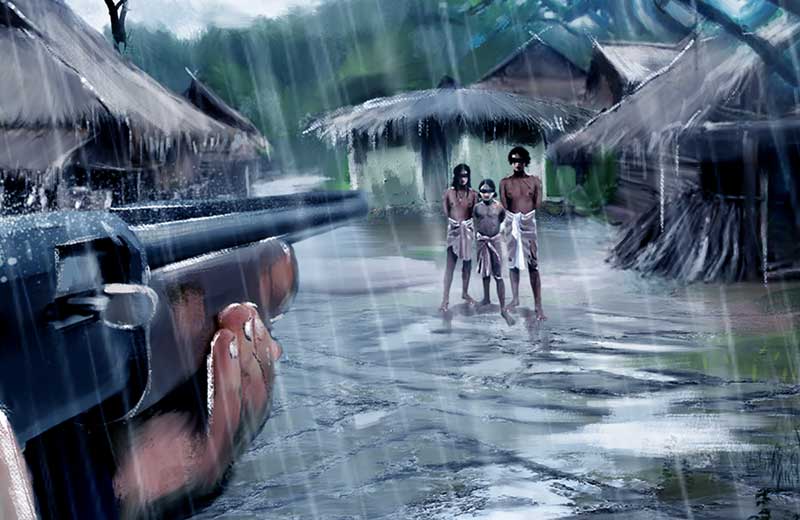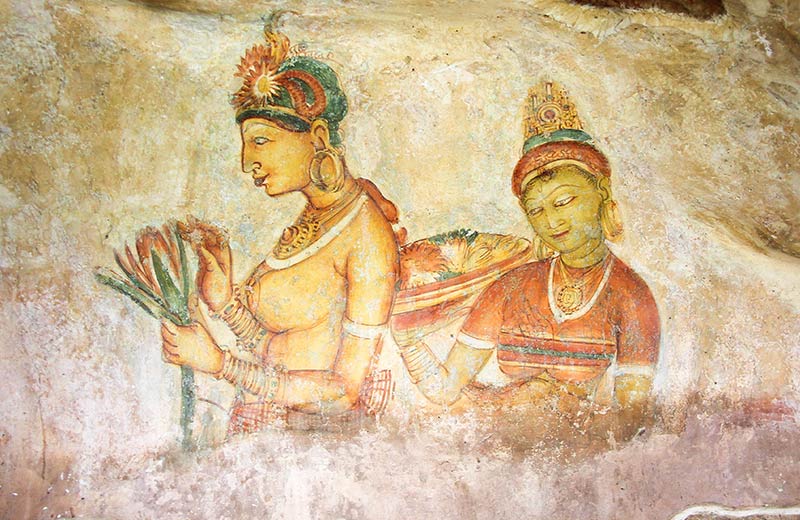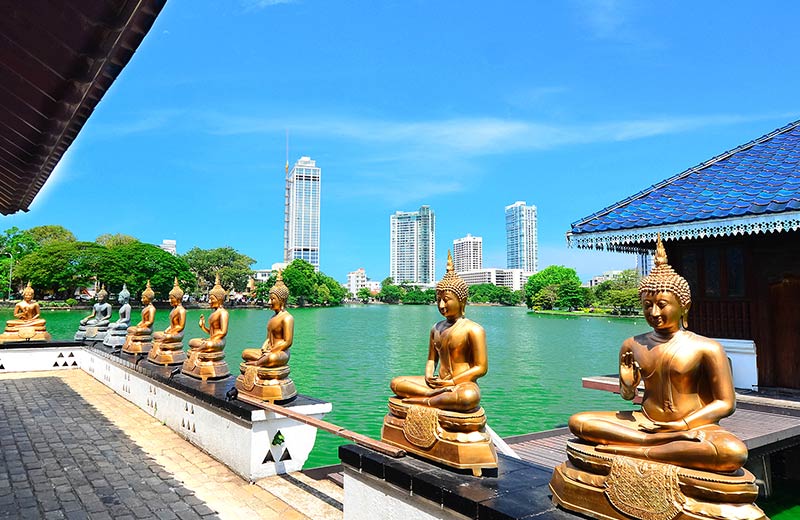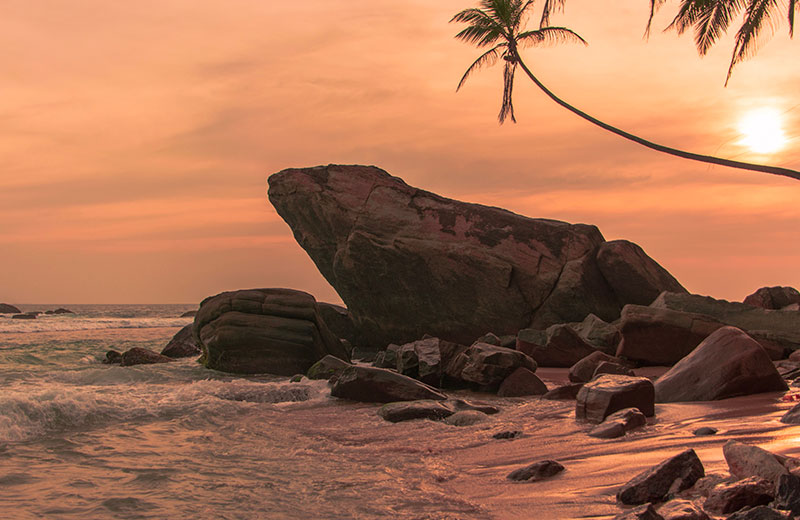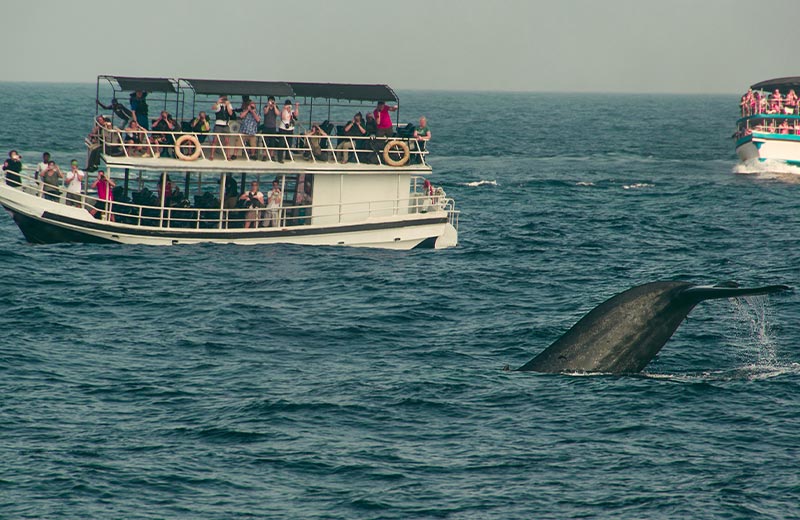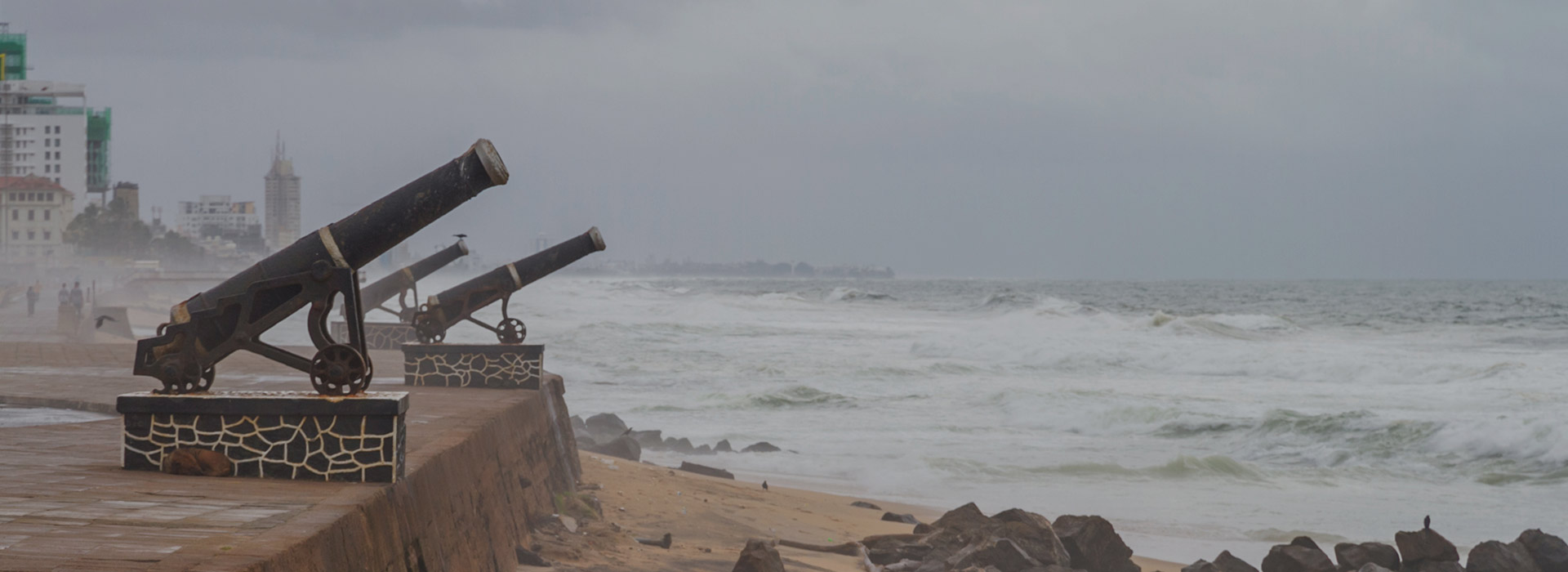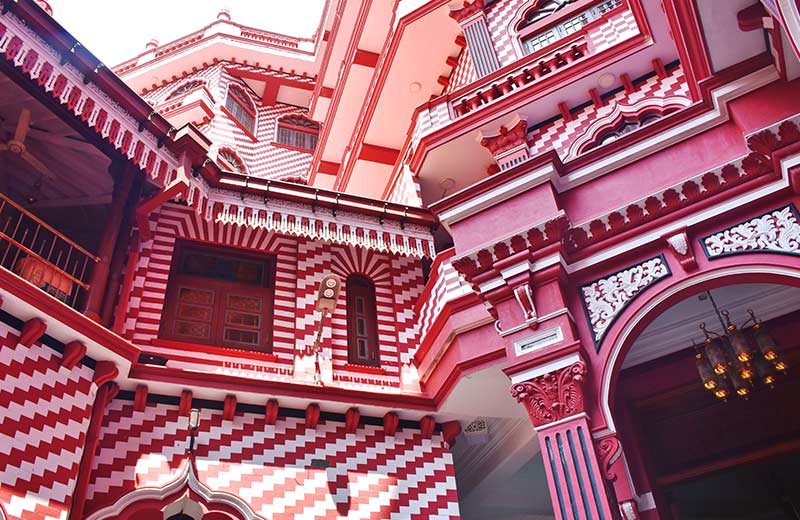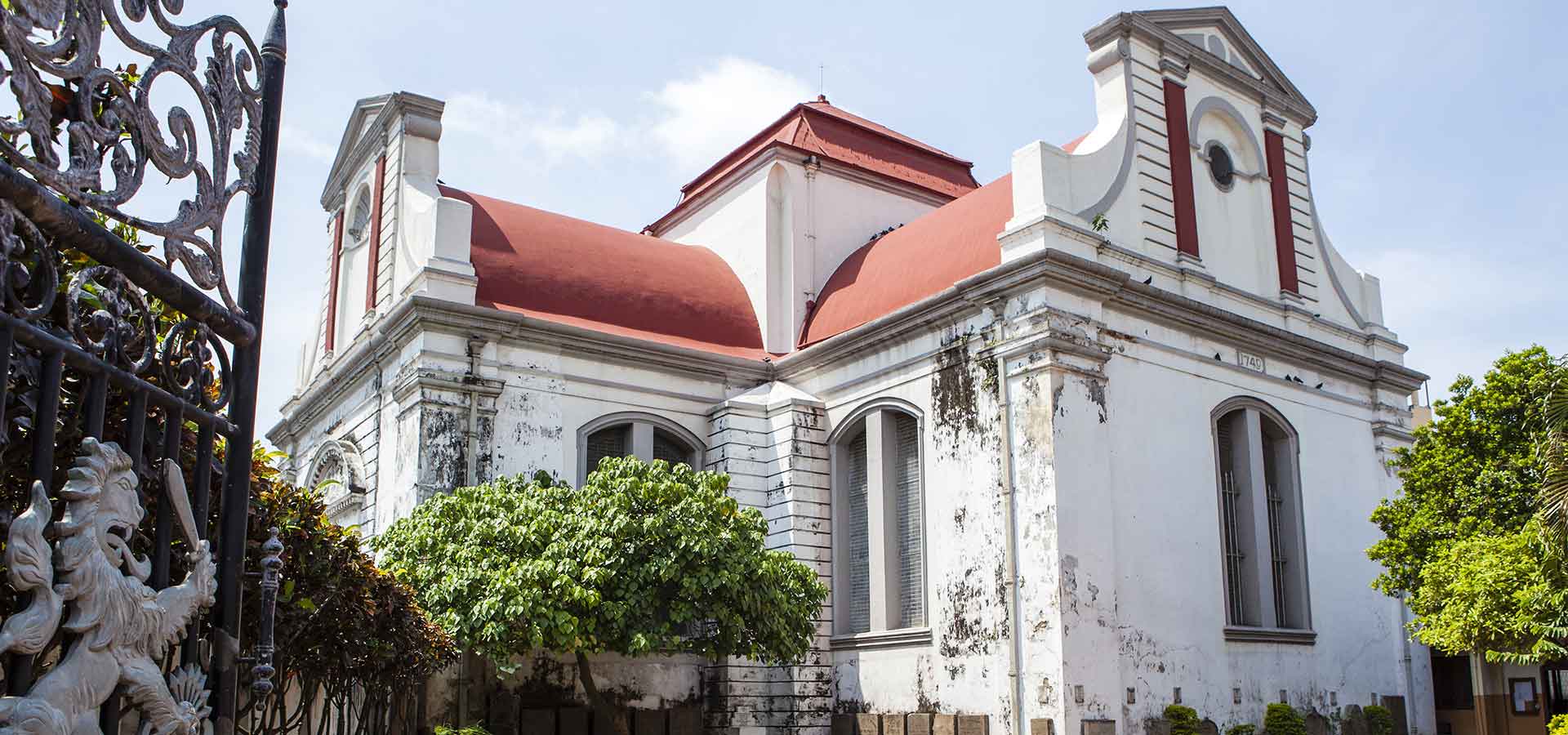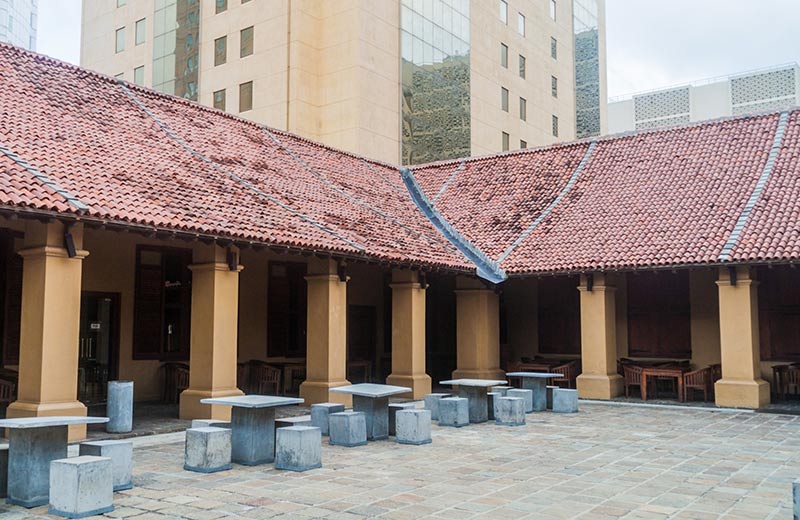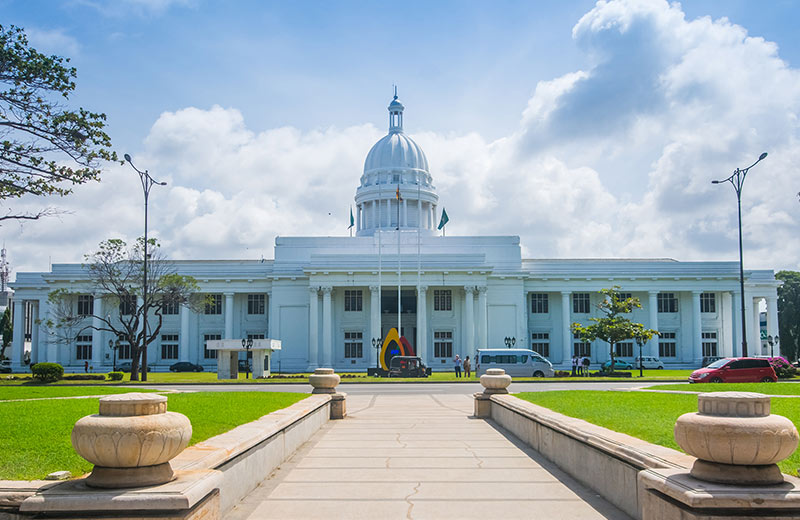At his meeting with the ministers of the court, the officer asserted that the Portuguese were only interested in peaceful trade and promised to safeguard the coast of the island from external enemies. After further negotiations, the king and his council entered into an agreement with the Portuguese, promising to allow them four hundred bahars of cinnamon a year in return for protecting the coasts from external attacks.
In 1518, Lopo Soarez de Albergaria, the governor of Portuguese India, arrived in Colombo with a large fleet and requested permission to erect a fort in Colombo. The king agreed, even though the Moor merchants who anticipated the dire consequences of giving the Portuguese a foot-in, pleaded with him not to. The completed Portuguese fort was named ‘Nossa Senhora das Virtudes’. As expected, the Moor merchants soon found themselves losing control of the cinnamon trade in the country.
By now, the Portuguese had recognized that the island, which they referred to as Cilao, provided a strategic advantage necessary for protecting Lisbon’s coastal establishments in India. They soon got involved in the troubled politics of Sri Lanka, realizing that they could exploit the internal turmoil to expand their reach on the island.
In 1521, the reigning King of Kotte, Vijayabahu was killed by his three sons, who proceeded to divide the kingdom into three. The eldest brother, Buvanekabahu, continued to rule in Kotte, while the others set up independent kingdoms. Soon, the brothers began fighting each other in order to expand their respective kingdoms, and this led to Buvanekabahu relying on Portuguese assistance to keep his ambitious younger brother Mayadunne at bay. The Portuguese convinced the king to allow them to rebuild the fort in Colombo on a much grander scale, another important step towards fortifying their position on the island.
Buvanekabahu’s successor, Dharmapala, was but a child when he inherited the throne of Kotte. He was entrusted to the Franciscans for his education, leading him to convert to Roman Catholicism in 1557. This move contributed to further turmoil within the country, as it broke the centuries-old link between Buddhism and the monarchy. A majority of the people refused to recognize Dharmapala as king, and his rival Mayadunne began to exploit this to gain control of much of the Kotte Kingdom. King Dharmapala and his Portuguese supporters were soon forced to abandon Kotte and retreat to Colombo. They had to continue to defend Colombo from Mayadunne as well as his successor Rajasinghe I, who very nearly succeeded in ousting them from the island.
The Portuguese took great effort to convert the locals to Roman Catholicism during their reign. They were the first foreign influence to propagate Christianity on a mass scale in Sri Lanka and were successful in constructing a number of churches, some of which stand to this day. Many local converts adopted Portuguese names and studied in mission schools opened and operated by the foreigners.
Dutch Presence
The Dutch entered Indian Ocean trade in the beginning of the 17th century, hoping to seize control of the highly profitable spice trade from the Portuguese. They were given the perfect opportunity to take over the cinnamon trade in Sri Lanka when in 1638, King Rajasinghe II of Kandy signed a treaty for military assistance against the Portuguese, in return for Dutch monopoly of the island’s trade. Although the Portuguese initially resisted the Dutch, they finally surrendered control of all their strongholds.
The Colombo Fort was captured by the Dutch after an epic siege that lasted almost a year. During this time, the Portuguese faced epidemics, plague and famine, forcing them to eat elephants, dogs, rats and even resort to cannibalism. On May 12, 1656, 73 gaunt men marched out of the fort, the last surviving Portuguese of thousands who lived within.
The king of Kandy realized too late that he had replaced one invader with another. The Dutch, who had promised to restore Portuguese controlled forts and lands to the Sinhala people, refused to do so and instead took control of the island’s most profitable cinnamon lands, including Colombo. Colombo served as the headquarters of the Dutch East India Company (VOC) until the next phase of colonization by the British in 1796. Because of its significance as a strategic point of governance and control for the VOC, the city of Colombo was further fortified and expanded to protect against hostilities from the sea and the interior of the island. The Dutch demolished the Portuguese fort city and constructed their main military fortifications (Casteel) in the west and built residential quarters (Oude Stad) in the east. The Dutch fort in Colombo also had a hospital and an orphanage. The fort was designed in keeping with European theories of the best military defenses of the time, but to suit local conditions.
The VOC continued to war with the existing Sinhala kingdom in Kandy, but were unsuccessful in taking complete control of it. However, the Dutch did monopolize trade in the island, starting with cinnamon and elephants and expanding to other goods.
